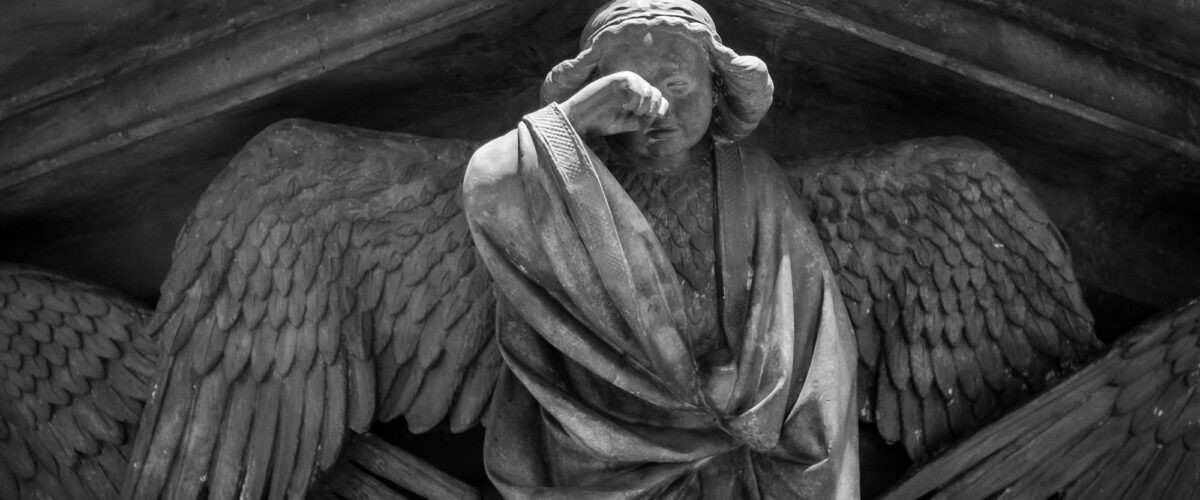Lament should be the order of the day. Yesterday, we began Black History Month with bomb threats made against at least 13 historically Black colleges and universities (HBCUs) throughout the country. Unfortunately, that these threats coincide with the beginning of Black History Month may not be a coincidence.
At this writing, there is no further information about reasons or perpetrators, but it’s disconcerting that the single reason is undoubtedly racist hate. Most of us can respond with a definitive statement like, “I am not a racist.” Yet in subtle ways we can often find racism in us, even hidden within the hearts of people of faith.

Kathy Manis Findley
Why do people of faith and congregations need to pay attention to racist threats in our country and in our communities? How must congregations respond to racist threats? How do we, as individuals, respond to the racism we see around us and in us?
There are no easy answers to any of those questions, nor to the multitude of questions about race that should be asked. We begin, presumably, at a juncture not unlike the one the Good Samaritan reached. You likely know the parable Jesus told in the Gospel of Luke. (Luke 10:25-37). You probably have heard the story so often that you no longer pay much attention to its message.
Remember that the parable is about a traveler (implicitly understood to be Jewish) who is stripped of his clothing, beaten and left nearly dead along the roadside. First a Jewish priest comes by and ignores the traveler, and then a Levite. Both of them avoid the injured traveler. Finally, a Samaritan happens upon the traveler, and although Samaritans and Jews despised each other, the Samaritan helps the injured man.
What prompted Jesus to tell this parable? He was responding to a question from a lawyer, “And who is my neighbor?”
Who is my neighbor? Who is your neighbor? As people of faith and as congregations of the faithful, who is our neighbor? I still have not responded to the critical question before us about recognizing, understanding and confronting racism, insidious and blatant. We begin by acknowledging that underneath racism, there is pure hate that abhors the “other.” From that hate comes exclusion, hostility, revulsion, alienation, violence, threats of violence and centuries of bad blood.
Still, “I am not a racist,” so what must I do about racism?
Lament should be the order of these days. People of faith must lament racism in all its forms. Not only must we lament for whatever insidious racism we find inside of us, but we must also lament for the racist hate that plays out around us. Lament includes mulling over and pondering, self-reflection, mourning, regret and prayer, as well as outcry for the wrongs we witness.
“Not only must we lament for whatever insidious racism we find inside of us, but we must also lament for the racist hate that plays out around us.”
Loving our neighbor, all our neighbors, is just the beginning. We also must learn what it means to love the “other” — the person who does not look like us, or act like us, or live like us. Even congregations that claim inclusion of all people should continually define and redefine how their inclusion plays out among them. Genuine, heartfelt inclusion means making certain that inclusion is not just official language or words on paper. Inclusion is welcome, unrestrained and unconditional welcome that looks like arms wide open for every person standing outside the door.
Lament should be the order of these days. In reality, there is no such thing as unrestrained, unconditional acceptance. Not in these days. It is as it ever has been among the people — division, exclusion, meanness and violence remain as they have for ages.
The wide and deep chasm that divides one from another shows itself again on the day that begins Black History Month — with frightening, hate-filled threats made against this nation’s young, the young people who are so vital to our future.
If I had a dream, it would be that churches, synagogues, temples and mosques would intentionally form relationships with the colleges and universities, especially HBCUs, in their communities. One congregation, one college, with the intent of creating friendships with students, faculty and staff — basically saying to them in various ways, “You are my neighbor!” This could be a powerful plan that results in deeper understanding and love, something our country really could use right about now.
Lament should be the order of this day, for when people of faith emerge from lament, they rise up with their hearts burning to dream up better days. Emerging from lament, the people find the will to work for change and to envision unity. After a season of lament, the people give life to dreams that make kinship and peace an enduring reality.
Kathy Manis Findley is an ordained Baptist minister with Greek Orthodox roots. Now retired in Macon, Ga., she spent her 38-year ministry serving as a pastor, hospital chaplain, trauma counselor and missionary to Uganda. She is a graduate of Southern Baptist Theological Seminary and is certified in victimology, trauma intervention and child forensic interviewing. She is the author of two serious books, Voices of our Sisters and The Survivor’s Voice: Healing the Invisible Wounds of Violence and Abuse, and just for fun, one Kindle novel.
Related articles:
Stop threatening HBCUs | Opinion by David Cassady
‘We are Cain’: Owning up to the reality of racism in America | Opinion by Robert P. Jones


